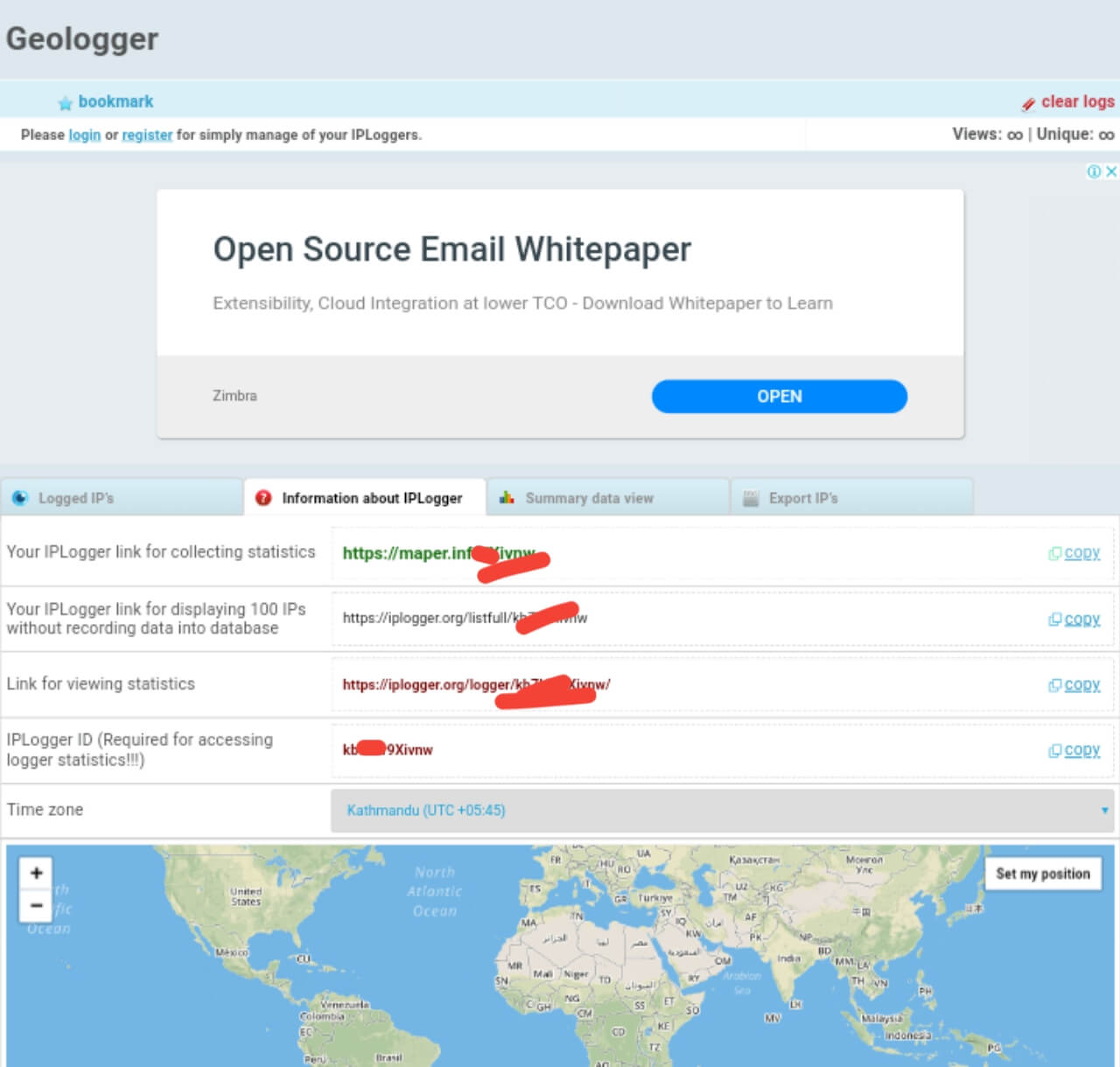

When the number of HTML files exceeds 50, the oldest error files are automatically deleted. Up to 50 errors (files/folders) are retained.

Under Detailed Error Logging or Failed Request Tracing, select On, then select Save.īoth types of logs are stored in the App Service file system.
#Ups logger website windows#
To save the error page or failed request tracing for Windows apps in the Azure portal, navigate to your app and select App Service logs. For more information, see Costs that might accrue after resource deletion. If you write logs to blobs, the retention policy no longer applies if you delete the app but keep the logs in the blobs. For example, if you use a custom deployment script, you might use deployment logging to determine why the script is failing. It helps you determine why a deployment failed. Deployment logging happens automatically and there are no configurable settings for deployment logging. Logs for when you publish content to an app. One folder is generated for each failed request, which contains the XML log file, and the XSL stylesheet to view the log file with. It's useful if you want to improve site performance or isolate a specific HTTP error. The page may contain information that can help determine why the server returns the error code.ĭetailed tracing information on failed requests, including a trace of the IIS components used to process the request and the time taken in each component.
#Ups logger website code#
For security reasons, detailed error pages shouldn't be sent to clients in production, but App Service can save the error page each time an application error occurs that has HTTP code 400 or greater. htm error pages that would have been sent to the client browser. Each log message includes data such as the HTTP method, resource URI, client IP, client port, user agent, response code, and so on.Ĭopies of the. Raw HTTP request data in the W3C extended log file format. You can select how verbose you want the logging to be by setting the severity level when you enable application logging.Īpp Service file system or Azure Storage blobs Each message is assigned one of the following categories: Critical, Error, Warning, Info, Debug, and Trace. The messages can be generated by the web framework you choose, or from your application code directly using the standard logging pattern of your language. Logs messages generated by your application code. TypeĪpp Service file system and/or Azure Storage blobs You'll find more on this capability in the Send logs to Azure Monitor section. In addition to the logging instructions in this article, there's new, integrated logging capability with Azure Monitoring.


 0 kommentar(er)
0 kommentar(er)
